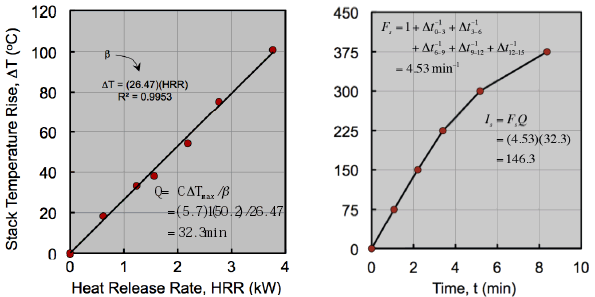
NewsInformation Center
What are the factors that can affect the testing results of ASTM E162?
2023/11/10
What is ASTM E162?
ASTM E162 is an ASTM International Standard Test Method called "Standard Test Method for Surface Flammability of Materials Using Radiant Heat Energy". It is commonly used to evaluate the flame spread characteristics of materials used in a variety of applications, including construction materials, textiles, and transportation.

What is the purpose of the ASTM E162 test?
The purpose of the ASTM E162 is to determine the surface flammability of a material by exposing it to a controlled radiant heat source and observing its flame spread behavior. This test method helps to evaluate the potential fire hazard of materials and provides data for comparison and regulatory compliance.
ASTM E162 provides guidelines for test equipment, specimen preparation, test procedures, and data analysis. It helps standardize the testing process and facilitates comparisons of the flammability properties of different materials.
ASTM E162 is only one of many flammability test standards, and its specific application may vary depending on industry or regulatory requirements. Other standards, such as ASTM E84 (Standard Test Method for Surface Flammability Properties of Building Materials) or ASTM D3675 (Standard Test Method for Surface Flammability of Flexible Honeycomb Materials Using Radiant Heat Energy), can be used for different material types or specific applications.
What are the factors that can affect the testing results of ASTM E162?
1. Material composition:
The composition of the material being tested can significantly affect the test results. Different materials vary in their flammability, heat resistance, and thermal conductivity, which may affect how they perform in testing.
2. Thickness:
The thickness of the material is an important factor. Thicker materials tend to have higher thermal resistance and may take more time to ignite or propagate a flame than thinner materials.
3. Surface texture:
The texture and finish of a material's surface can affect heat conduction and flame spread. Rough surfaces may block the spread of flames better than smooth surfaces.
4. Moisture content:
Moisture in a material can seriously affect its flammability. Moisture acts as a coolant, inhibiting the ignition or spread of flames.
Moisture in a material can seriously affect its flammability. Moisture acts as a coolant, inhibiting the ignition or spread of flames.
5. Environmental conditions:
Environmental conditions during testing, such as temperature and humidity, can affect the material's behavior. Fluctuations in these conditions may alter the material's flammability characteristics and test results.
6. Sample preparation:
Proper sample preparation is critical to obtaining accurate test results. Factors such as sample size, shape, and mounting method should comply with the specific requirements of the ASTM E162 standard.
Proper sample preparation is critical to obtaining accurate test results. Factors such as sample size, shape, and mounting method should comply with the specific requirements of the ASTM E162 standard.
7. Calibration:
It is critical to ensure that test equipment is properly calibrated. Calibration helps maintain accuracy and repeatability of test results.
8. Laboratory practice:
Consistency of testing procedures and adherence to standard methods are critical. Errors in equipment operation, sample handling, or test conduct may lead to unreliable results.
9. Interference from nearby objects:
The presence of nearby objects during testing may affect heat dissipation or airflow around the sample, thereby affecting flame spread behavior.
It should be noted that ASTM E162 is a standardized test method, and following prescribed procedures and guidelines can help minimize potential differences and ensure the reliability of test results.
Previous: What is ASTM fire rated?
N e x t : What is the difference between carbon arc and xenon arc?



